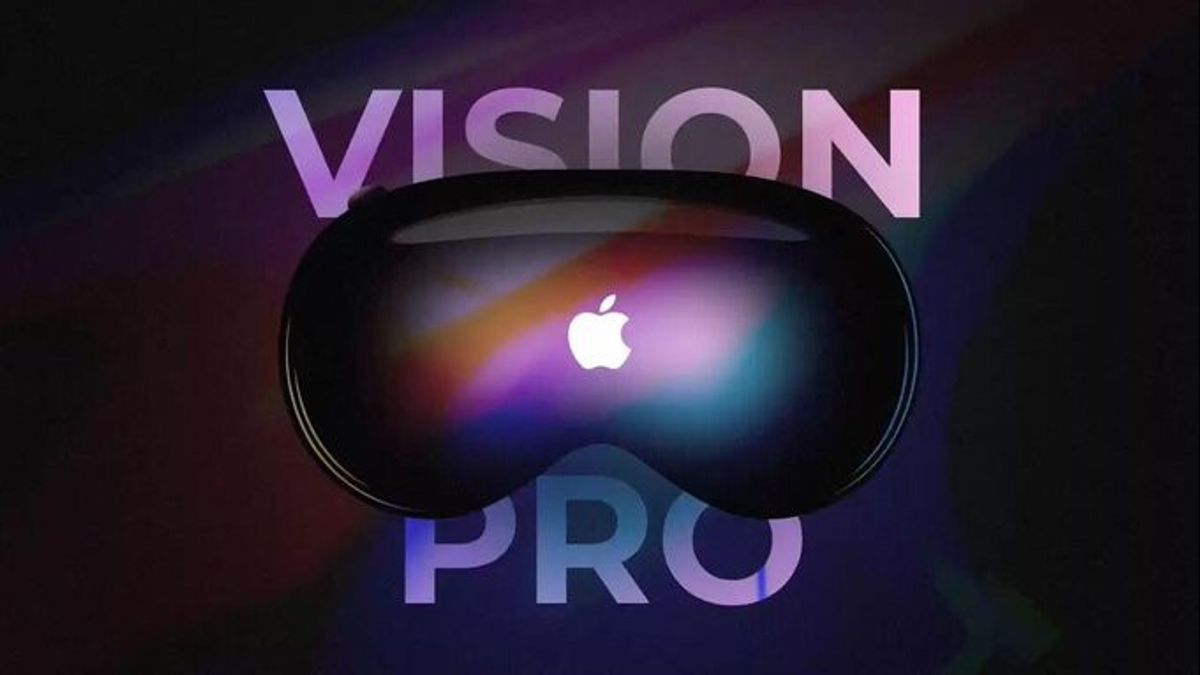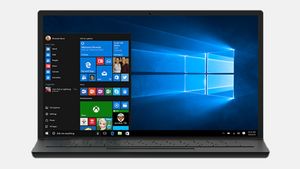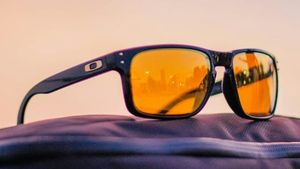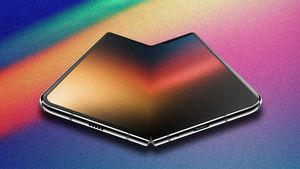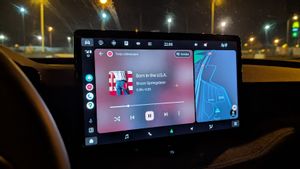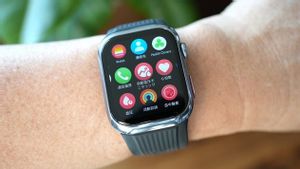JAKARTA - Apple Inc. continues to encourage innovation by designing new sensor technology that will enrich their future devices, especially the Apple Vision Pro. Apple's latest patent shows the company's focus on in-depth monitoring of user health, including the development of nasal respiratory sensors.
In a patent titled "Method and appariatus for monitoring nasal breathing," Apple describes a device that can monitor breathing through the nose using a special microphone. This sensor can be shaped like a face plate or directly pasted on the user's face. Recorded breathing audio data is then analyzed to identify the unique characteristics of the user's breathing, even allowing identity recognition through a breathing pattern.
Apple explains that this sensor can be used in various applications, ranging from user recognition to health monitoring. The collected respiratory data can be compared to the user's history or anonymous data from other users to detect certain health conditions.
Apple is also considering the use of these sensors in health programs such as Apple Fitness+, where users can take part in personalized breathing exercises based on their respiratory data.
"Respiratory is an important health indicator, and with this new sensor, we can help users monitor and improve their health more effectively," Apple said in a statement.
Apart from breathing sensors, Apple is also developing a brain wave monitoring technology that will be embedded in the Apple Vision Pro. Patents proposed in March 2024 show Apple's ambition to monitor user brain activity, especially in the context of mental health. This technology is expected to detect symptoms of panic or stress and provide appropriate intervention.
This technology is not only limited to health monitoring, but can also be used to improve the learning process. Apple mentions that this sensor can help students or individuals with special needs to increase focus and understanding. By monitoring brain activity, the system can adjust the speed and delivery methods of matter to suit individual needs.
Apple's innovation does not stop at Apple Vision Pro. The company is also exploring the use of sensors embedded in fabrics, such as the Apple Watch and HomePod straps. The patents proposed show that these smart fabrics can measure various health parameters, including blood pressure, EKG, and respiration levels.
This smart cloth will bring revolution in wearable devices, said an Apple engineer. With sensors pinned on the fabric, users can measure various health parameters without additional devices.
Apple also considers the use of this cloth as a source of light or small screen, which can be used in various applications, including smart clothes and other accessories.
Although many patents filed do not necessarily end as finished products, Apple appears to be serious in developing this technology. The main challenge faced is how to integrate these sensors into devices without sacrificing comfort and aesthetics. In addition, there are regulatory and privacy challenges that need to be overcome, especially in terms of collecting and analyzing health data.
SEE ALSO:
However, Apple is known for its ability to bring advanced technology to market quickly. With the steps the company is taking, the future of more intuitive and sensor-rich smart devices seems to be getting closer.
Apple Vision Pro and other sensor innovations show that Apple continues to be at the forefront in terms of technology and health. Focusing on health monitoring and user interactions, Apple's future devices are expected to provide a more personal and beneficial experience for users.
This innovation will not only change the way we use the device, but also the way we understand and monitor our own health. With Apple continuing to push technology boundaries, the future of smart devices seems full of exciting possibilities.
Simak breaking news dan berita pilihan Anda langsung di ponsel. Pilih saluran andalan akses berita voi.id WhatsApp Channel : https://whatsapp.com/channel/0029VamlU850gcfBaMTjry0w. Pastikan Anda sudah install aplikasi WhatsApp.
The English, Chinese, Japanese, Arabic, and French versions are automatically generated by the AI. So there may still be inaccuracies in translating, please always see Indonesian as our main language. (system supported by DigitalSiber.id)
